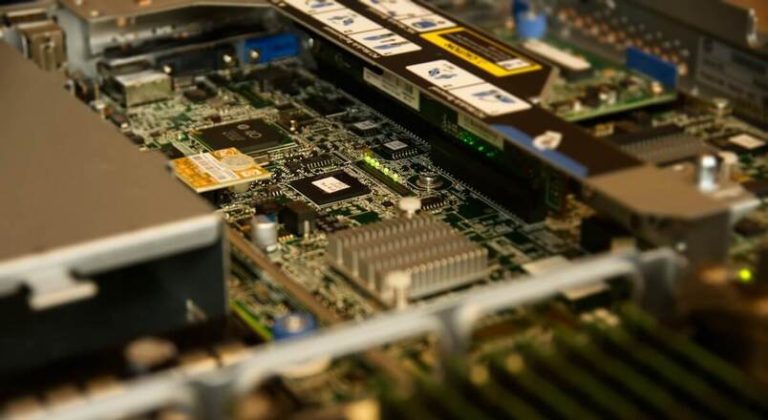Intel has announced plans to spin off its Network and Edge Group (NEX) into a separate, independent company, as the semiconductor giant intensifies its strategic shift toward core operations and artificial intelligence.
The news, shared with customers on Thursday via a letter authored by Sachin Katti – head of the NEX unit and Intel’s recently appointed Chief Technology and AI Officer – marks another step in Intel’s broader plan to streamline operations and seek growth opportunities through focused, standalone businesses.
The new entity will be dedicated to delivering silicon solutions for enterprise networking, Ethernet connectivity, and critical communications infrastructure. According to Intel, the spin-off will allow the NEX business to innovate faster, invest more freely in new offerings, and target market segments with greater agility. While Intel did not specify a timeline for the separation, the company confirmed it has begun seeking outside investors and capital partners to support the transition and future expansion of the unit.
Intel plans to retain a significant ownership stake in the newly formed company, mirroring its recent strategy with previous spin-offs. This approach enables Intel to benefit from future growth while removing non-core assets from its balance sheet. “Like Altera, we will continue to be an anchor investor,” an Intel spokesperson stated, referring to the chipmaker’s programmable logic unit, which is currently in the process of being sold to private equity firm Silver Lake, with Intel keeping a 49% stake.
Katti emphasized that customers should not expect any disruption in services or support during the transition. “We anticipate that we will be able to work with more focus, speed, and flexibility,” he wrote, framing the move as a customer-centric decision aimed at delivering a more responsive, forward-looking portfolio.
Leveraging AI Leadership
The announcement comes amid a broader restructuring at Intel under CEO Lip-Bu Tan, who stepped into the role in March 2025. On the same day the NEX plans were disclosed, Intel also revealed a 15% workforce reduction and a more cautious investment stance for its foundry division. During the company’s earnings call, Tan reiterated his intention to streamline Intel’s operations and divest non-core assets, referencing recent monetization steps, including the partial sale of Mobileye and the Altera deal.
Although Tan did not directly mention the NEX spin-off during the call, the move aligns with his strategy to concentrate on Intel’s primary growth areas – particularly AI and compute-intensive technologies. By separating units like NEX, Intel aims to sharpen its competitive edge while fostering innovation through more agile, independently operated entities.
This decision also reflects a changing view in the semiconductor industry, where vertically integrated giants are increasingly embracing modular organizational models. For Intel, the goal is clear: refocus on core competencies, leverage AI leadership, and offload divisions that may perform better with operational independence and targeted investment.
While investors and analysts await further details, including the timeline and financial structure of the spin-off, the move represents a significant shift in Intel’s post-pandemic strategy – a strategy rooted in operational efficiency, market clarity, and accelerated innovation.





